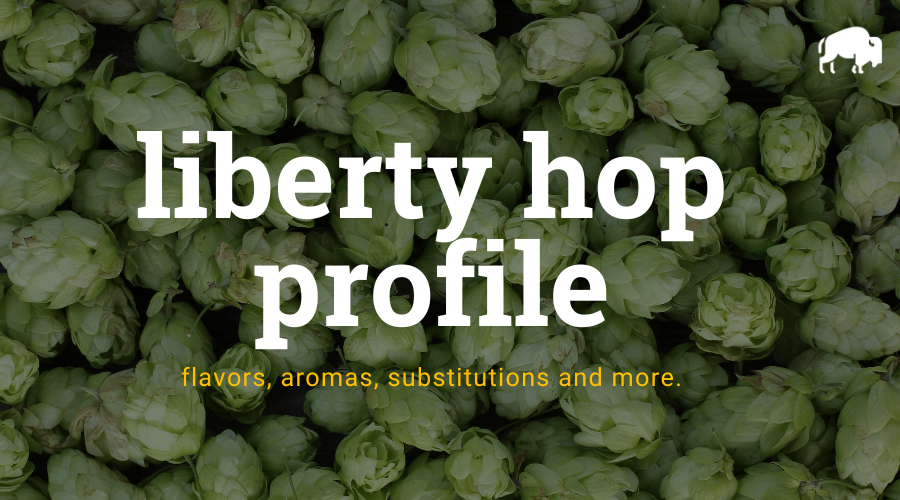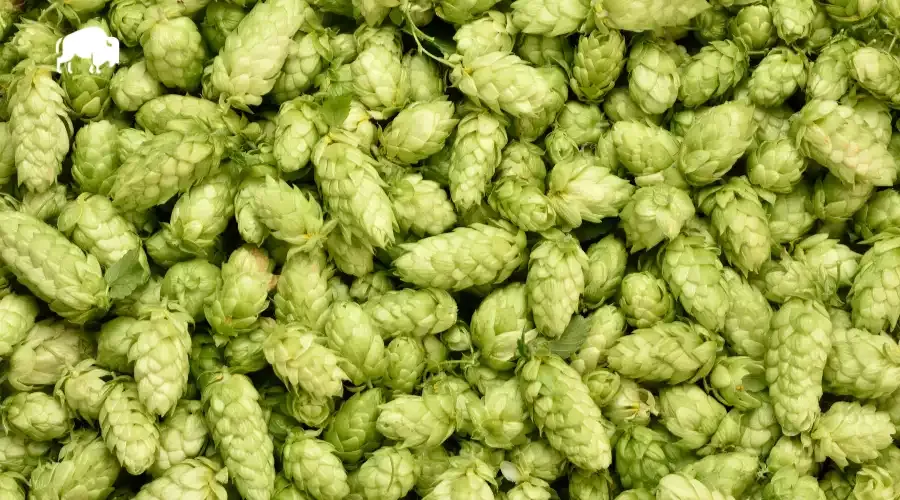
Liberty hops were bred in 1983 as part of the USDA program at Oregon State University. Originating from a cross between a female Hallertau Mittelfrüh and a downy mildew-resistant German male hop, Liberty is a triploid variety and a half-sister to Ultra, Mt. Hood, and Crystal. Among these four hops, Liberty most closely resembles Hallertau Mittelfrüh.
Liberty hops exhibit mild floral and spice characteristics with subtle citrus notes. With an aroma profile of floral, spicy, tea, and woody, Liberty is considered an excellent substitute for European noble hops. The hop provides a refined and slightly sweet flavor perfect for brewing different European ale and lager styles.
Liberty hops are ideal for brewing German pils, Bavarian-style lagers, Kölsch, Hefeweizen, Biere de Garde, and Belgian ales. As it doesn’t display a distinctly American character, American craft brewers appreciate its ability to create authentic versions of European beer styles.
| Usage: | Aroma |
| Country of Origin: | United States |
| Hop Growers Code: | LIB 8303-117 |
Where To Buy Liberty Hops
Liberty Flavor And Aroma
Liberty is an aroma hop that is often described to have the following aroma characteristics:

floral

herbal

spicy
Liberty Hop Oil Breakdown
Hop oils can vary from year to year and farm to farm but based on our research, here are the typical values we have seen reported. This information comes from various hop farms, The Hop Aroma Compendium, and For The Love Of Hops.
| Alpha Acid % (AA) Alpha acids are what is isomerized when boiling to create bitterness in beer. | 3% – 6% |
| Beta Acid % Beta acids are what give hops their more aroma and flavor compounds. | 3.5% |
| Alpha-Beta Ratio This ratio of alpha acids to beta acids determines how quickly bitterness fades during aging. Lower ratios are common for aromatic varieties. | 1:1 – 2:1 |
| Co-Humulone as a % of Alpha Higher numbers are said to impart a harsher bitterness. | 24% – 28% |
| Total Oils (mL/100g) With more total oils, typically comes a more complex hop profile but these are highly volatile compounds. | 1.3mL |
| Myrcene green, resinous | 46% |
| Humulene woody, piney | 31% |
| Caryophyllene woody | 9% – 12% |
| Farnesene floral | 1% |
| Other Oils: Includes beta-ionine, beta-pinene, limonene, linalool, geranoil & selinene | 14% – 40% |
| Hop Storage Index (HSI) The HSI indicates the percent of alpha and beta acids lost after 6 months of storage at room temperature (68°F or 20°C). | Retains 35%-55% alpha acid after 6 months storage at 20ºC (68ºF). |
| Hop Storage Index (HSI) Rating | Poor |
Liberty Hop Substitutions
Replacing one hop for another is seldom straightforward but sometimes you don’t have the right hop or the right quantity of hops for the beer you want to make. For those situations, we have made a comprehensive list of hops to substitute on brew day.
These substitutions aren’t perfect as hop chemistry is pretty complex.
We wanted to make this list of substitutions with varietals that are easy to find when possible. For Liberty, we recommend substituting with the following hops:
Beer Styles
For the most part, any hop could have a place in just about any beer style. Based on popular beers, historical usage, and our own preferences, we would recommend using Liberty for IPA, New England IPA, Pale Ale, Wheat Beer, Golden Ale. That being said, experiment and see what works best for you.
References
https://www.hopslist.com/
https://www.ars.usda.gov/
https://www.brewersassociation.org/
https://www.barthhaasx.com/
https://www.yakimachief.com/
Hieronymus, Stan. For The Love of Hops. Brewers Publications, 2012
The Hop Aroma Compendium. 2012


